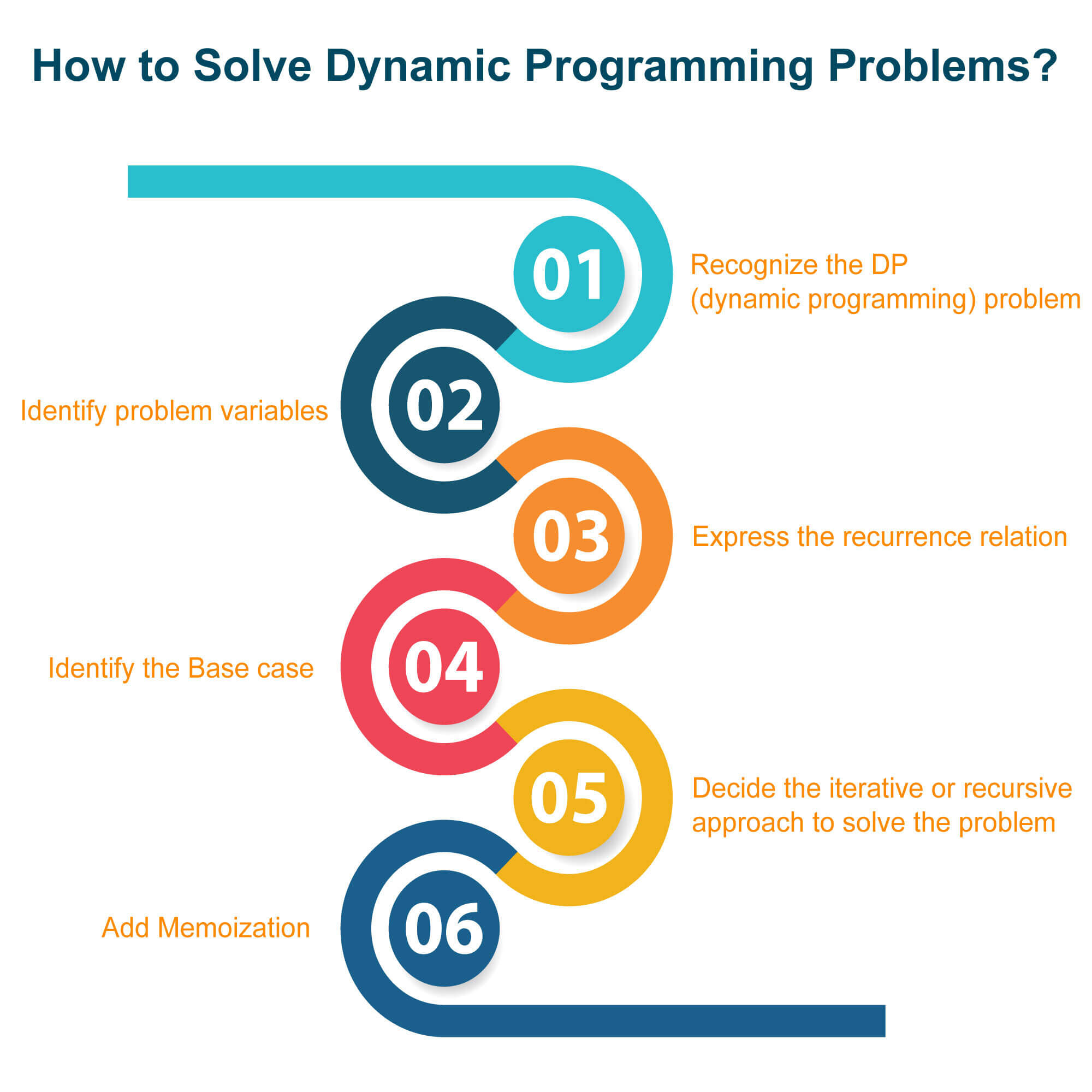What is dynamic programming in Python
What is dynamic programming in Python

I'll respond in English this time.

Dynamic Programming (DP) is a method used in optimization problems where the solution depends on previous solutions to smaller subproblems. It's an essential technique in algorithms and computational complexity theory, particularly when dealing with overlapping subproblems.
In Python, dynamic programming can be implemented using memoization, tabulation, or a combination of both. The core idea is to store the results of expensive function calls and re-use them when the same inputs occur again. This approach significantly reduces the computation time and memory usage compared to traditional recursive methods.
Memoization
Memoization involves storing the results of function calls in a cache (a dictionary, for instance) to avoid redundant computations. In Python, you can use a decorator to memoize functions:
def memoize(func):
cache = dict()
def memoized_func(*args):
if args in cache:
return cache[args]
result = func(*args)
cache[args] = result
return result
return memoized_func
@memoize
def fibonacci(n):
if n <= 1:
return n
return fibonacci(n-1) + fibonacci(n-2)
print(fibonacci(10)) # Compute Fibonacci sequence up to the 10th number
In this example, the memoize decorator caches the results of the fibonacci function calls. This way, when you call fibonacci(5) again, Python will retrieve the cached result instead of recomputing it.
Tabulation
Tabulation involves constructing a table or array to store the results of subproblems and using these pre-computed values to solve larger problems. In Python, you can use a list comprehension and recursion to tabulate solutions:
def fibonacci_tabulation(n):
fib_table = [0] * (n+1)
fib_table[0] = 0
fib_table[1] = 1
for i in range(2, n+1):
fib_table[i] = fib_table[i-1] + fib_table[i-2]
return fib_table[n]
print(fibonacci_tabulation(10)) # Compute Fibonacci sequence up to the 10th number
Here, we construct a table (fib_table) of size n+1 and fill it with the results of subproblems. The final result is stored in the last element of the table.
Combining Memoization and Tabulation
When dealing with problems having overlapping subproblems, combining memoization and tabulation can be an effective approach:
def fibonacci_combined(n):
fib_table = [0] * (n+1)
fib_table[0] = 0
fib_table[1] = 1
for i in range(2, n+1):
if i <= 3: # Base cases, not memoized
fib_table[i] = fib(i-1) + fib(i-2)
else:
fib_table[i] = memoized_fib(i-1) + memoized_fib(i-2)
return fib_table[n]
def memoized_fib(n):
if n <= 1:
return n
elif memoized_fib_cache.get(n, None):
return memoized_fib_cache[n]
else:
result = fibonacci(n)
memoized_fib_cache[n] = result
return result
memoized_fib_cache = dict()
print(fibonacci_combined(10)) # Compute Fibonacci sequence up to the 10th number
In this example, we use tabulation for base cases (small n values) and memoization for larger n values. This combined approach minimizes redundant computations.
Dynamic programming in Python offers a powerful toolset for solving complex optimization problems with overlapping subproblems. By leveraging memoization, tabulation, or a combination of both, you can significantly reduce computation time and memory usage compared to traditional approaches.
Does Python support OOP?

I'd be happy to respond in English.
Python does support Object-Oriented Programming (OOP) concepts. While it's not as rigidly class-based as languages like Java or C++, Python provides a flexible and dynamic approach to implementing OOP principles.
Classes and Objects
In Python, classes are defined using the class keyword. A class is essentially a blueprint for creating objects. An object is an instance of a class, which has its own set of attributes (data) and methods (functions).
class Dog:
def init(self, name):
self.name = name
def bark(self):
print("Woof!")
my_dog = Dog("Fido")
print(my_dog.name) # Output: Fido
my_dog.bark() # Output: Woof!
Inheritance
Python also supports inheritance, which allows a class to inherit properties and behavior from another class. The class keyword is used with the name of the parent class in parentheses.
class Animal:
def sound(self):
print(" Generic animal sound...")
class Dog(Animal):
def sound(self):
print("Woof!")
my_dog = Dog()
my_dog.sound() # Output: Woof!
Polymorphism
Python supports polymorphism, which is the ability of an object to take on multiple forms. This can be achieved through method overriding or method overloading.
class Shape:
def area(self):
pass
class Circle(Shape):
def init(self, radius):
self.radius = radius
def area(self):
return 3.14 * (self.radius ** 2)
class Rectangle(Shape):
def init(self, width, height):
self.width = width
self.height = height
def area(self):
return self.width * self.height
shapes = [Circle(5), Rectangle(4, 6)]
for shape in shapes:
print(shape.area()) # Output: different areas for each shape
Encapsulation
Python supports encapsulation, which is the idea of hiding an object's internal state and behavior from the outside world. This can be achieved through private variables (prefixed with _) or using access modifiers (public, private, etc.).
class BankAccount:
def init(self, balance=0):
self.__balance = balance
def deposit(self, amount):
self.__balance += amount
def get_balance(self):
return self.__balance
my_account = BankAccount(100)
print(my_account.get_balance()) # Output: 100
my_account.deposit(50)
print(my_account.get_balance()) # Output: 150
In conclusion, Python supports the fundamental concepts of Object-Oriented Programming (OOP), including classes, objects, inheritance, polymorphism, and encapsulation. While it may not be as rigidly class-based as other languages, Python's dynamic nature makes it well-suited for implementing OOP principles in a flexible and efficient way.
Now, if you'll excuse me, I have some important coding to attend to.





























